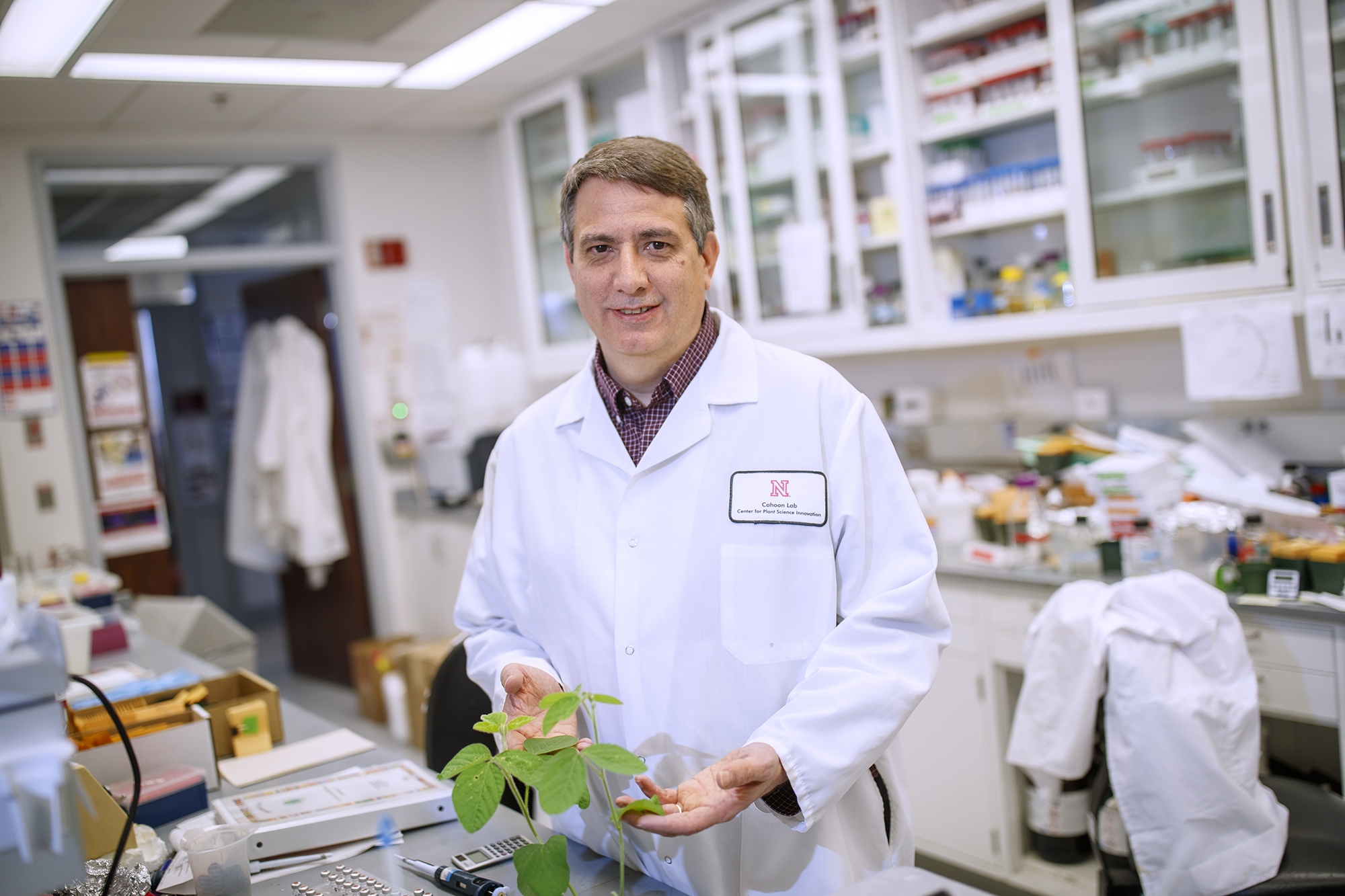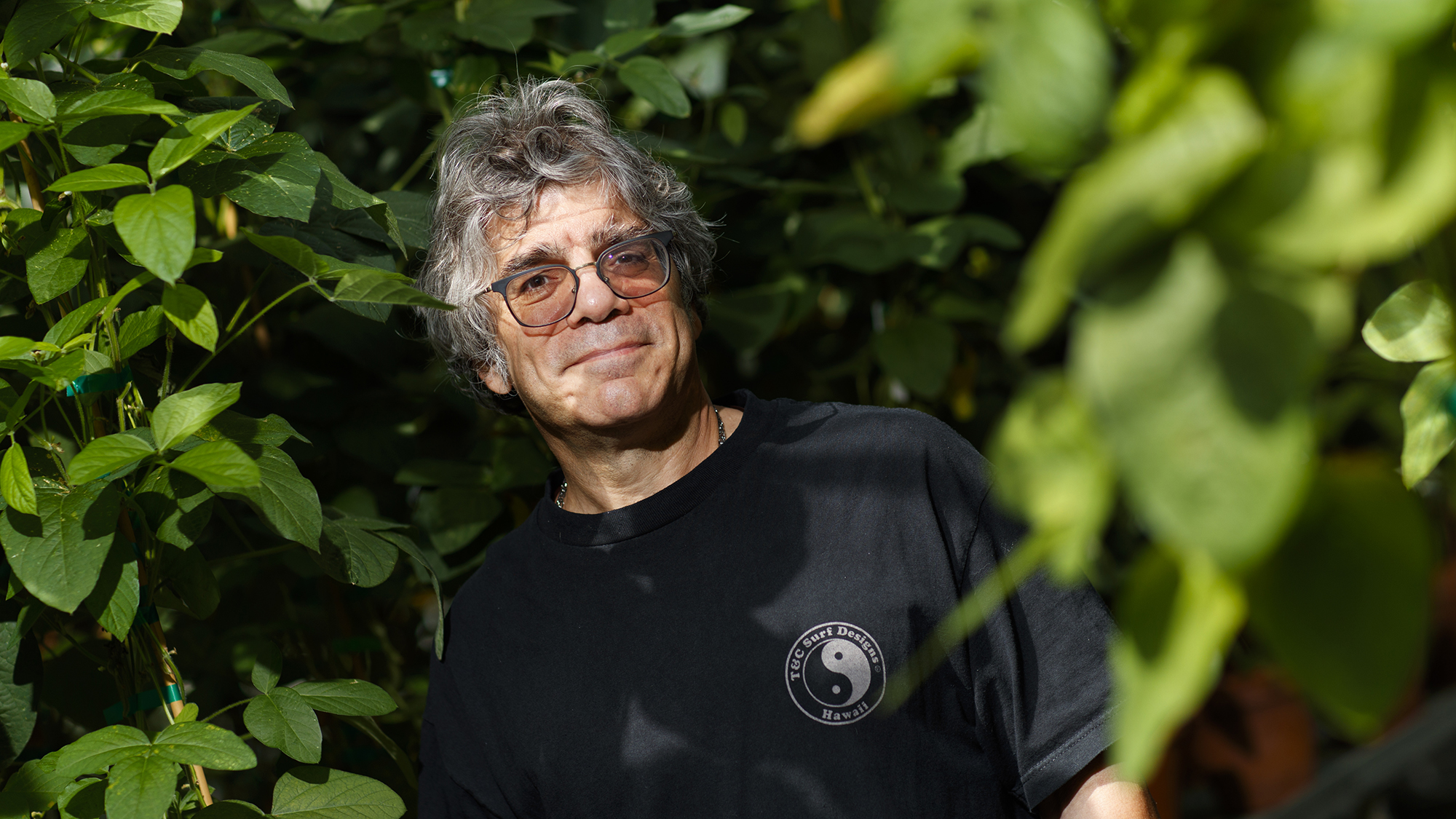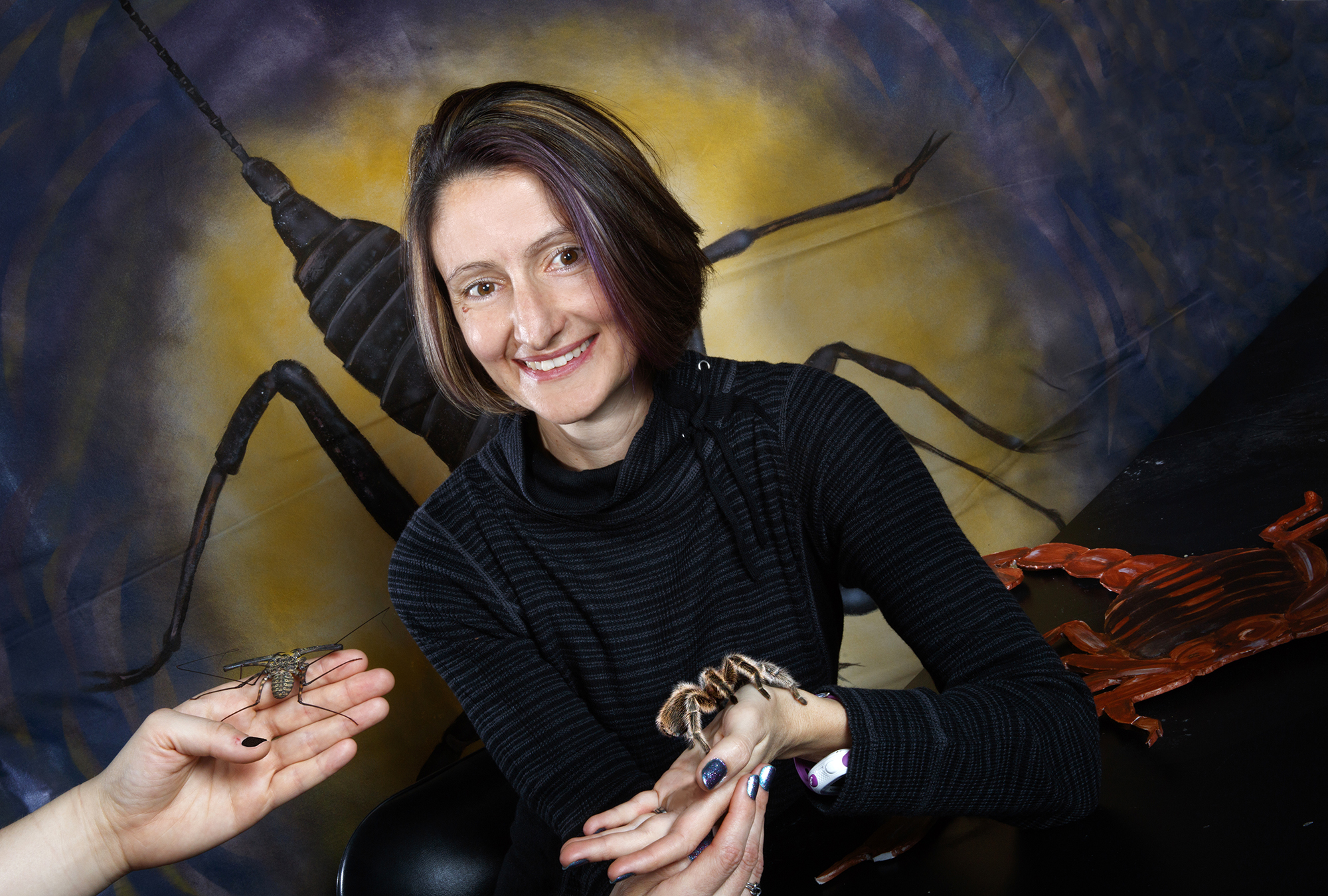
Three University of Nebraska–Lincoln faculty have been selected as fellows of the American Association for the Advancement of Science, the world’s largest general scientific society. Fellows are selected by their peers for scientifically or socially distinguished achievements that advance science or its application.
Nebraska’s new AAAS fellows are:
Ed Cahoon, George Holmes Professor of biotechnology, for distinguished contributions to the field of plant lipid biochemistry, particularly for elucidating variant lipid metabolic pathways and fatty acid desaturase structure-function.
Tom Elmo Clemente, Eugene W. Price Distinguished Professor of Biotechnology, for distinguished contributions to plant molecular biology and genetics, particularly developing tools for functional genomics and the genetic engineering-based targeting of value-added and disease-control traits.
Eileen Hebets, professor of biological sciences, for distinguished contributions to behavioral and evolutionary biology, particularly animal communication, sensory biology and mating strategies, as well as science communication outreach and informal science learning.
The AAAS tradition of electing fellows dates to 1874. Nebraska’s honorees are among the 443 fellows named for 2019, who will be formally announced in the Nov. 29 issue of the journal Science and recognized Feb. 15 at the AAAS meeting in Seattle.
More about Nebraska’s new AAAS fellows:
Ed Cahoon
Through his research on plant lipid metabolism, Cahoon works to enhance the nutritional and industrial value of crop plants and improve their nutritional biofortification and agronomic performance.
He is particularly well-known for his work on unusual fatty acid biosynthesis and metabolism, having elucidated variant biosynthetic pathways and identified the underlying genes for a wide variety of unusual fatty acids in plant seed oils. Last year, Cahoon and collaborators discovered two new fatty acids in the seed oil of Chinese violet cress that confer superior lubricant performance. It was the first discovery of its kind since the 1960s and 1970s.
Cahoon has advanced research on sphingolipids, prevalent yet understudied lipids in plants that are also associated with a number of human genetic diseases. He has clarified sphingolipids’ functions and biosynthetic pathways and enabled further research by providing mutants and methods to the research community.
As inventor or co-inventor on 34 issued U.S. patents, Cahoon’s research fuels real-world applications. For example, he discovered a key gene involved in plants’ vitamin E production. This gene has been used to develop corn and soybean germplasm with vegetable oils containing exceptionally high vitamin E antioxidant levels for nutritional and industrial applications.
Cahoon has served as director of Nebraska’s Center for Plant Science Innovation since 2010 and led establishment of the university’s National Science Foundation-funded Center for Root and Rhizobiome Innovation in 2016.
“It is a real honor to be recognized by AAAS for pursuing curiosity-driven science that also hopefully benefits society and for making discoveries with many interesting and smart people around the world,” Cahoon said.
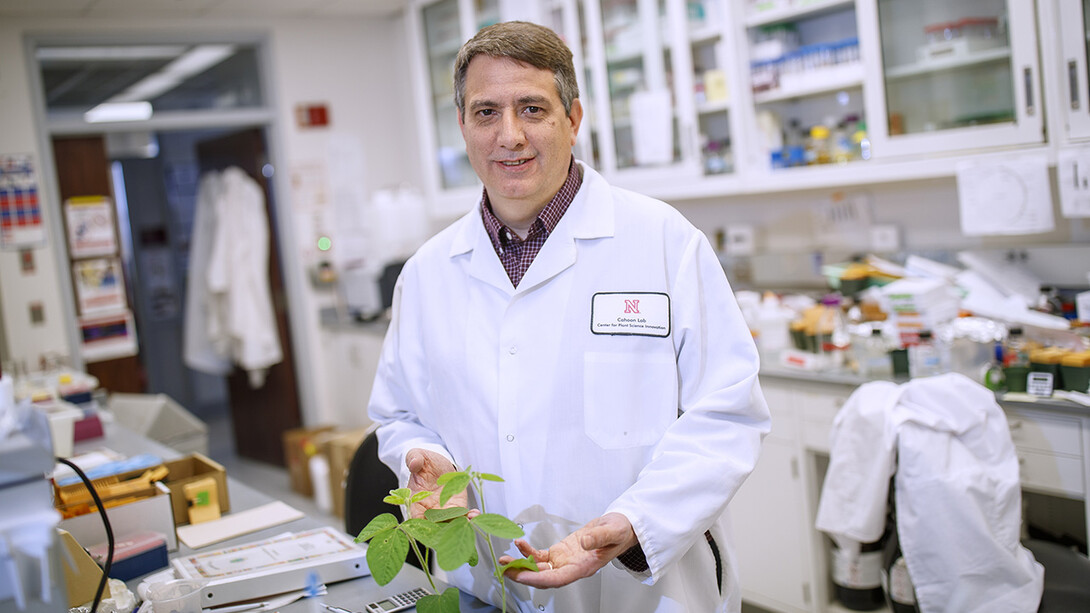
Tom Clemente
Clemente is director of Nebraska’s Plant Transformation Core Research Facility and holds a joint appointment in the Department of Agronomy and Horticulture and the Center for Plant Science Innovation.
He has 30 years of experience in plant-transformation technologies. Clemente’s program has established an agriculture biotechnology pipeline at Nebraska, enabling researchers to evaluate transgenic events from the bench to the field with procedures emphasizing identity preservation and stewardship of the biologicals.
This infrastructure was instrumental in helping Clemente and other researchers develop the dicamba-tolerance technology that’s marketed as the Roundup Ready Xtend crop system.
“I am very proud to have contributed to Xtend crop system technology that in 2018 was planted on 40 million acres of soybean and 10 million acres of cotton,” Clemente said. “This project, like most that my group is associated with, is a team-based, multidisciplinary endeavor, which enhances the joy of science.”
His program is currently engaged in a number of transdisciplinary, multi-institutional projects. These include targeting feedstock development for sustainable aquaculture feeds, designing genetic approaches to protect yields from both biotic and abiotic stresses, and enhancing phenotypic outcomes of C4 grass feedstocks for the bioeconomy.
Clemente said a career highlight has been interacting with Nebraska’s producers, whose input has strengthened his research.
“The knowledge I learned from these folks on agriculture, from the farm gate to the food plate, is something that has truly complemented my research program and made me a better scientist,” he said.
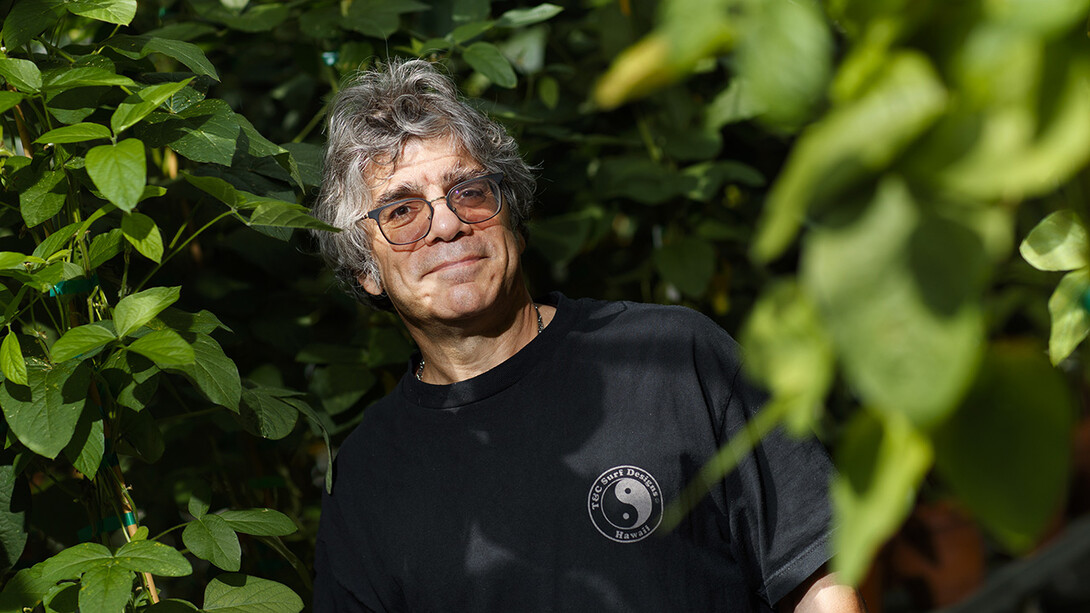
Eileen Hebets
Biologist Eileen Hebets is at the forefront of arachnid and animal-behavior research, with an emphasis on spiders’ communication, sensory abilities and mating strategies.
Hebets’ highest-profile research focuses on questions related to how and why animals communicate using multiple sensory modalities. Additional research discoveries include an explanation for why amblypygids, arachnids from the Florida Keys, have a sharp sense of smell, how they can breathe underwater, and how a species from Costa Rica navigates its complex rainforest understory habitat using olfactory cues.
Currently, Hebets is pursuing two National Science Foundation-funded projects. One explores the evolution and function of complex courtship displays in Schizocosa wolf spiders, and the second explores navigation and the neural integration of multimodal sensory information in amblypygids.
She is a pioneer of informal science education, capitalizing on spiders’ natural charisma to help learners of all ages engage in science. With NSF support, she developed Eight-Legged Encounters, a community engagement event featuring nearly 40 hands-on activities designed to enhance communication between academia and the public. So far, the event has reached nearly 40,000 people.
She has developed numerous youth summer camps that have impacted hundreds of Nebraska students and launched the Community Science Through Outreach course for Husker undergraduates, in which students create programs for after-school K-12 science clubs.
In 2017, Hebets received the University of Nebraska’s Innovation, Development and Engagement Award, the system’s most prestigious award for using academic expertise to enrich the broader community.
“I am truly honored to be named an AAAS fellow, but this distinction goes far beyond myself,” Hebets said. “It was made possible because of the tremendous creativity, brilliance, expertise and diligence of my current and former lab members, as well as my collaborators across the country and world.”

